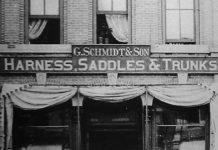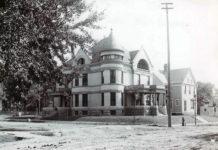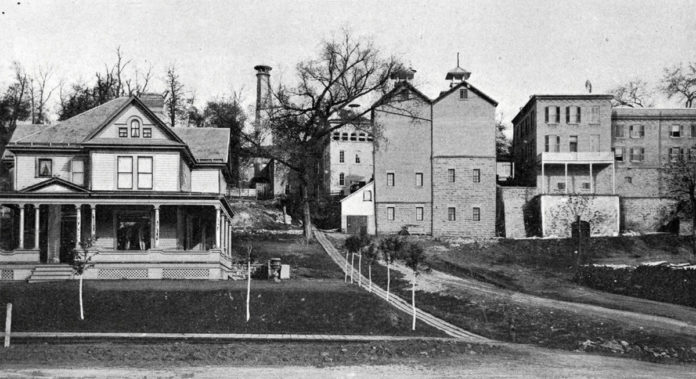
[Featured Image: Photo from the Standard Historical and Pictorial Atlas and Gazetteer of Blue Earth County, MN, 1895 – The Bierbauer Brewery stood at the end of Rock Street in Mankato for many years. The brewery buildings are now gone. Albert and Lillie Bierbauer’s house, which is pictured on the left, still remains on the corner of 6th and Rock Streets. This photo was taken in 1895 and at the time the brewery was producing 18,000 barrels annually.]
German immigrant brothers, Jacob and William Bierbauer, started the first and longest-lived of Mankato’s breweries. Bierbauer Brewing Company was the first brewery built west of St. Paul Minnesota.
The brothers emigrated from Einselthum, Rhine Bavaria, where their family owned a large vineyard and was engaged in the wine making business. This area was also one of the world’s greatest brewing areas, and these men were experienced with both wine making and brewing from their youth.
A Fresh Start
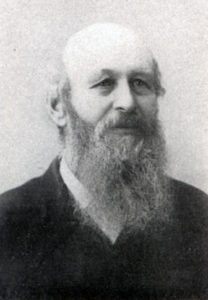
Both brothers were engaged in the German Revolution of 1848 and immigrated to the United States in 1849. A cabinetmaker by trade, Jacob worked two years in a piano factory in New York. Here he met and married Bertha Dornberg, whose family had also fled Germany. William found work in a brewery at Seneca Falls, New York and later in Milwaukee with the Phillip Best Brewery.
In October 1856 Jacob and Bertha moved to the Mankato area and William joined them later that year. Jacob built a home in the 700 block of North Front Street and the brothers used the cellar for their beer making operation. The first brew was reportedly made in April 1857. The capacity of the kettles used at that time was about eight barrels a day. The next year the brothers built a small frame building behind Jacob’s house and used this as their brewery.
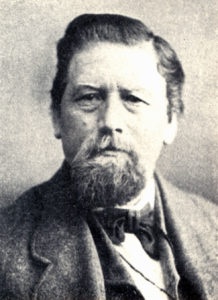
William married Louisa Dornberg in 1859. Louisa and Jacob’s wife, Bertha were the daughters of Dr. A.G. and Christina Dornberg. Dr. Dornberg was an early Mankato physician.
Jacob sold his interest in the brewing business to William in 1862 and built the Mankato City Mill with William Rockey. That same year, William was appointed captain of the Mankato Militia when the Dakota Conflict broke out in August. He was instrumental in ending the assault on New Ulm.
William purchased five acres of land at the end of North 7th and Rock Streets and built a new brewery in 1863. The site was situated against the high bluffs, which formed the background of the property. In these steep bluffs, caves were excavated to install vats for cooling, aging and storing beer. The depth of the caves allowed for natural refrigeration. The tradition of lager beer dates back to 15th century Bavaria, when it was discovered that beer stored in caves during the winter continued to ferment.
The new brewery site allowed for the use of gravity to transport the beer-in-process to the cooling, aging and storage areas. Open wooden and iron troughs, as well as iron pipes were used in this operation. Windmills pumped an excellent water source from deep wells. A brick barn was used to house the horses and wagons.
At the same time the brewery was being built, William built a new home on the corner of Rock and 6th Streets. It was a stately brick home, with shuttered windows and wide verandas that overlooked the river valley below.
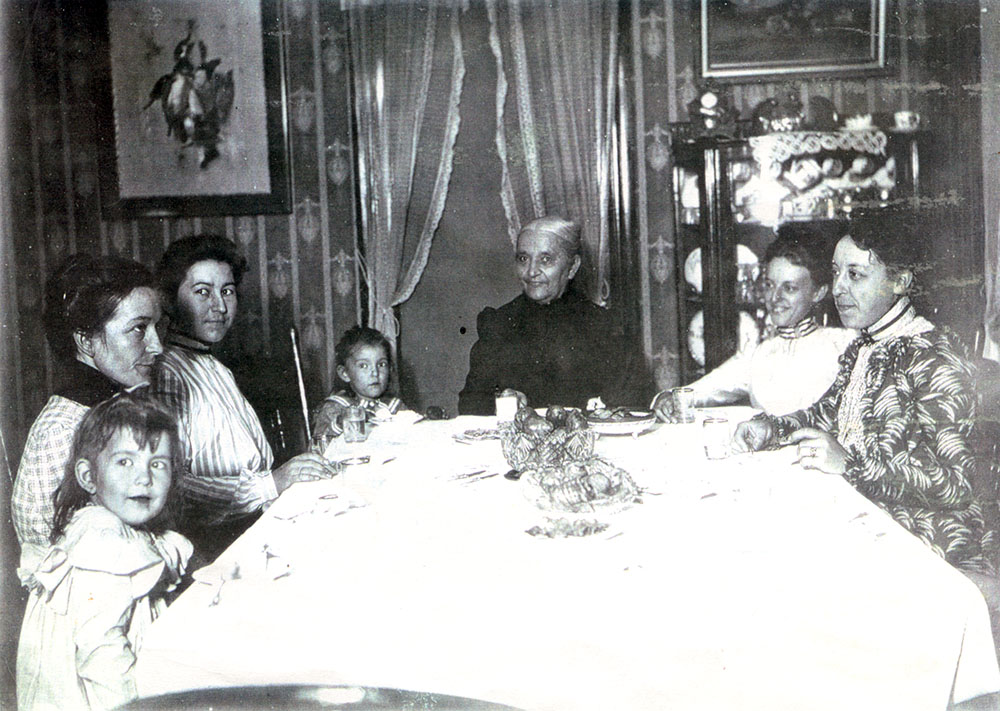
William and Louisa’s family grew to include six children; four sons Albert, Bruno, Rudolph, William in 1870 and two daughters Ella and Adelaide (Addie). Son Albert joined his father in the brewing business in 1888 as a brewer. In 1892, he was promoted to manager of the brewery and his brothers Rudolph and William joined the company.
Bierbauer had many competitors from 1867 to the mid-1880s. Eventually, he became the only brewery in the largest city in the southwest part of the state.
Innovations: Bottled Beer
All the beer produced at Bierbauer’s Brewery was packaged in kegs and barrels and delivered to customers in these containers. In September 1886 the Free Press reported Mr. Bierbauer added a new feature to his brewery—bottling beer. “The beverage is steamed and put up in quart bottles and is pronounced superior to the celebrated Milwaukee.”
…always of the finest quality, using only the best barley, malt and hops, with no inferior ingredients or short cut methods.Bierbauer Brewing Company Advertisement
When the bottling plant started operations, the concentration was on “export beer” that was bottled in pints and quarts. Their beer was advertised “always of the finest quality, using only the best barley, malt and hops, with no inferior ingredients or short cut methods.” They touted the purity and healthfulness of their lager beer. Another advertisement stated that their extra fine lager beer was very popular in spring and summer and “acts beneficially on the system and merits the title of pure beer.” They even guaranteed the purity by posting a $500 reward to anyone who could prove that it was not pure and made out of the best ingredients.
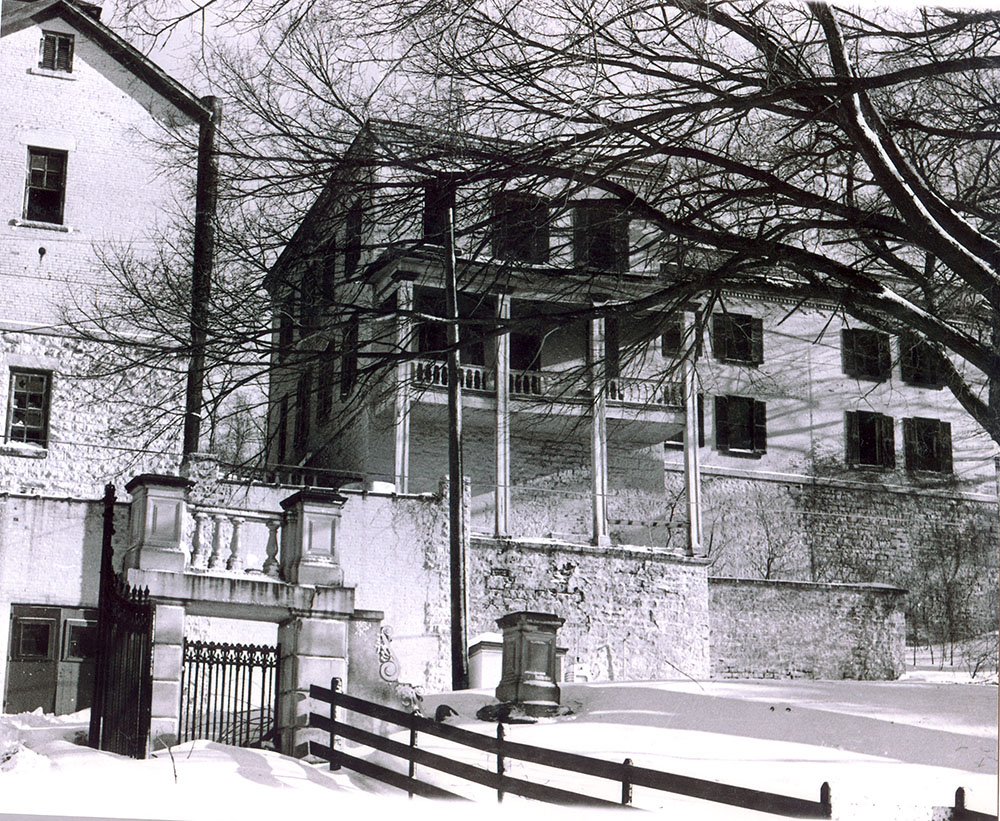
In 1893 the brewery was remodeled and modernized. The production capacity at this time was 12,000 barrels a year. The plant site then covered a seven and a half acre tract of land. The William Bierbauer Brewery had gained a reputation of excellence advertising that their product was “equal in all respects to the best of imported beers.”
Another Generation
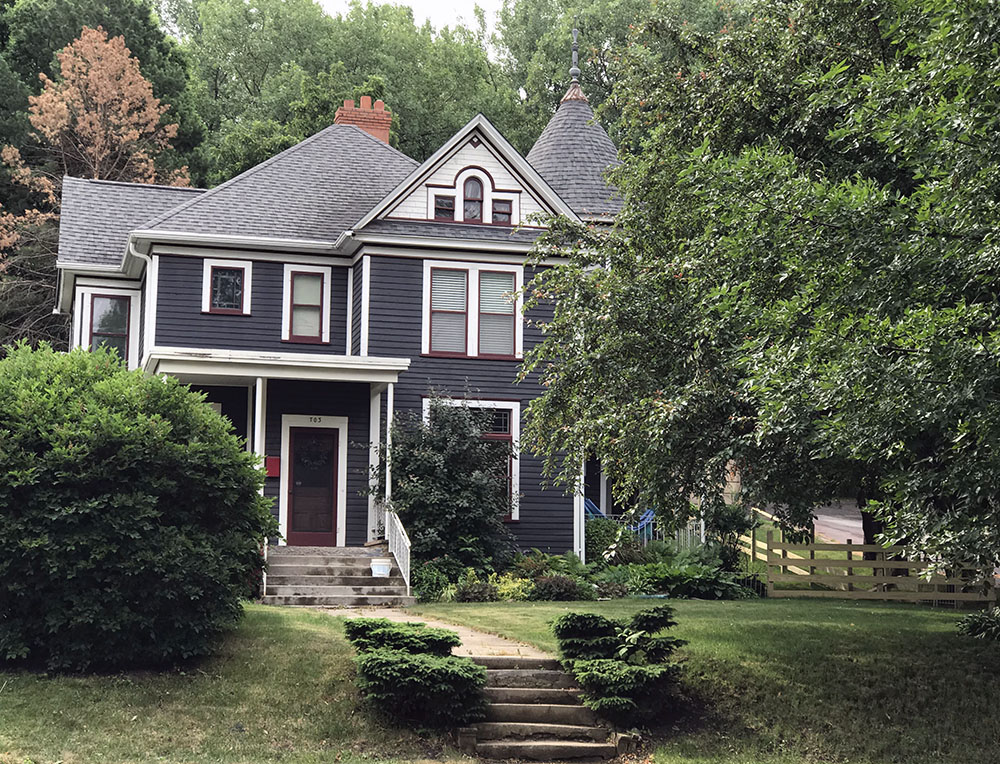
When William Bierbauer died at the age of 67 on November 30, 1893, he left a thriving business to his family. His sons Albert and Rudolph built large Victorian homes across the street from each other on North Sixth Street and their mother Louisa continued to live in the large home on East Rock Street.
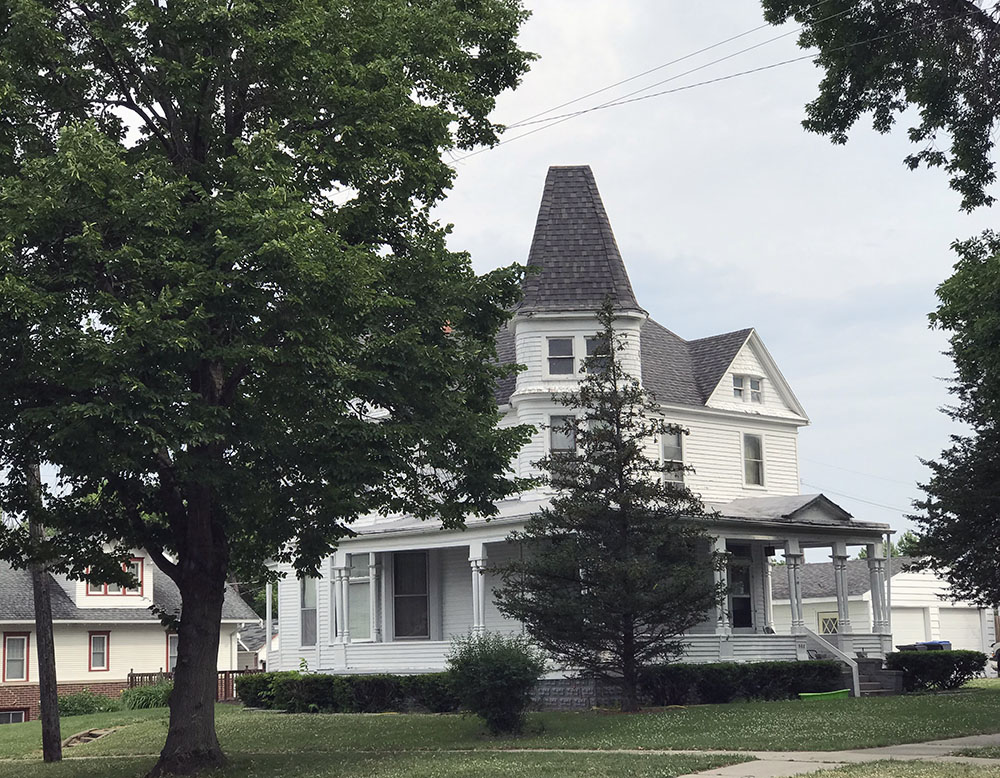
Albert was educated in Mankato and later in Milwaukee and was well equipped to serve as president of the brewery. Under Albert’s leadership, the plant doubled in size and in 1906 was incorporated under the name of William Bierbauer Brewing Company. The brewery produced 20,000 barrels a year at its peak. They sold beer in both bottles and in wooden kegs. Each keg held one eighth of a barrel and the selling price was usually one dollar. As a bonus, anyone buying seven kegs got the eighth keg free.
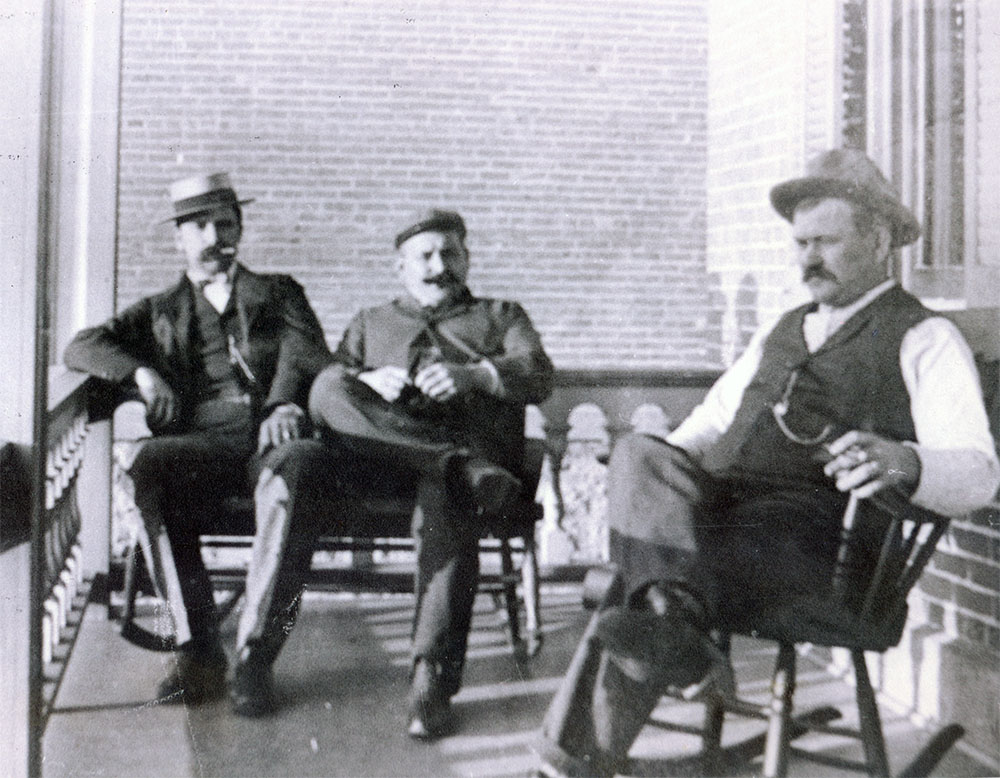
Two years later in 1908 the equipment and machinery of the declining Standard Brewery in Mankato was purchased to further improve the Bierbauer operation.
Delivery in Style
The beer was delivered in painted beer wagons drawn by teams of beautiful draft horses. The wagons were designed to carry twenty-two kegs of beer. These horse-drawn wagons were a common sight on the streets of Mankato and surrounding communities. Bierbauer’s draft horses were known far and wide as the best in the country. When the automobile replaced the horse, the brewery began to use delivery trucks and the brewery barn was torn down December 16, 1930.
Prohibition
All was well until the prohibition went into effect on January 16, 1920. This spelled the end for breweries that didn’t convert their fermenting tanks to meet the lower standards allowed. Many breweries, including Bierbauer Brewing Company, chose to shut their doors until Prohibition would be overturned. The vats were drained, the windows boarded up, the gates locked and the brewery stood unused for the next fourteen years.
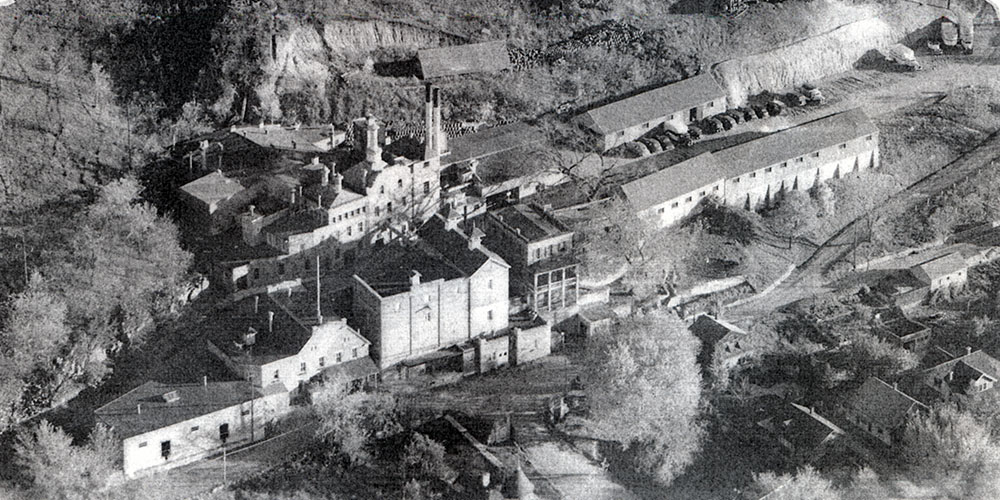
During the years of closure, police were called many times to the brewery because of vandalism, theft and break-ins, even though the windows were barred and the doors were locked.
Mankato Brewing Company
The brewery, owned by the Bierbauer family for over seventy years, was sold in May 1933, to a Minneapolis businessman. It was remodeled and reopened under the name of the Mankato Brewing Company. Two hundred men were waiting to try to get jobs the day the news of the sale hit the papers. Forty men were immediately employed to start renovations. The Albert Bierbauer residence, which was part of the complex, was used for offices and living quarters.
When the Bierbauers operated the brewery, the output was about 20,000 gallons per year. The remodeling would increase the capacity to 50,000 barrels per year. Previously, about 100 to 200 barrels a month had been bottled. The new owner planned to bottle from 75 to 100 barrels a day. A completely new bottling house with all new equipment was built. The Mankato Brewing Company operated until 1967 when it closed due to financial difficulties.
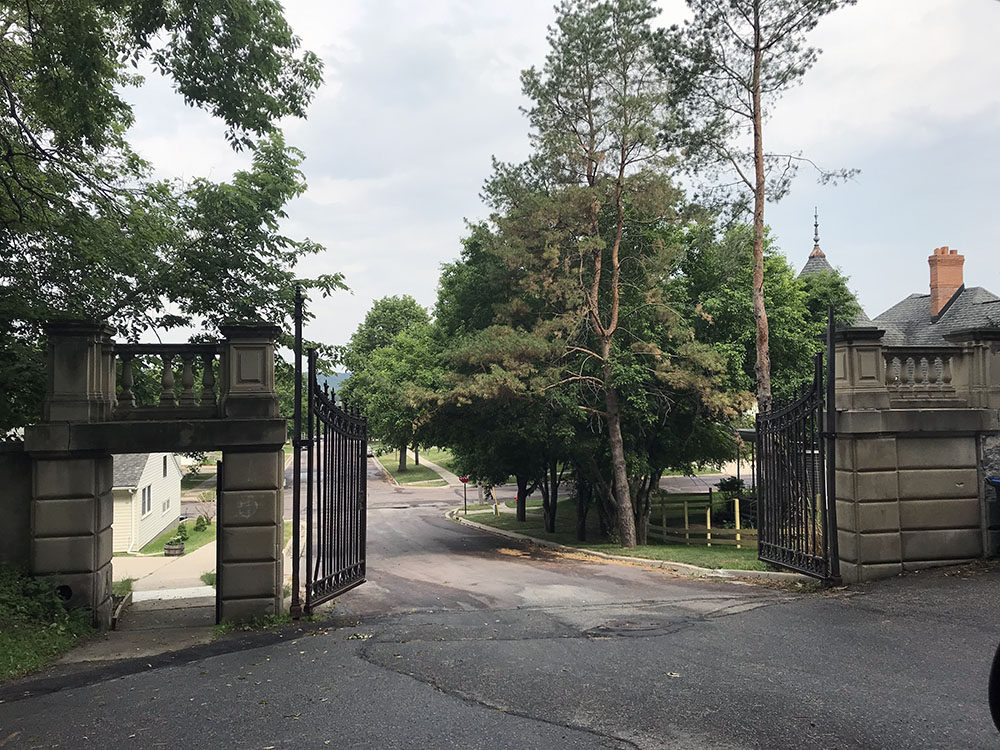
The land was sold and demolition crews began work in April of 1971. Down came the brewery buildings built in the architectural style of the Renaissance. The William Bierbauer Brewery stood as a sentry watching over Mankato from 1863-1971 — an amazing 108 years.


